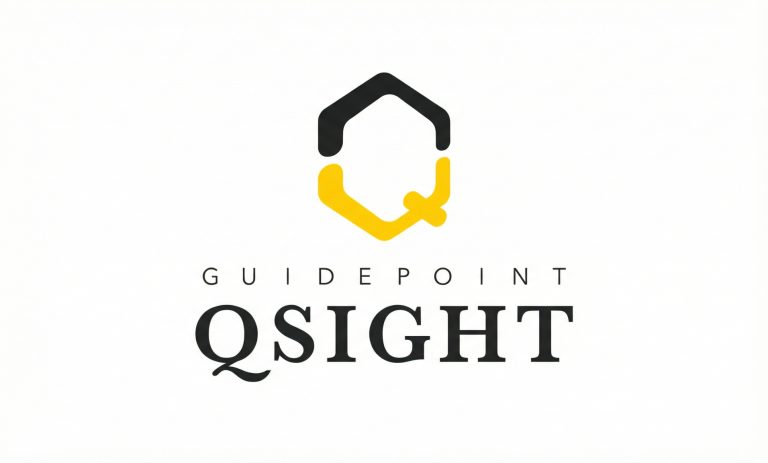
We adhere to strict standards of editorial integrity to help you make decisions with confidence. Some or all links contained within this article are paid links.
Social Security has been in the headlines ever since Elon Musk and his Department of Government Efficiency (DOGE) set their sights on the program.
Public concern has grown, fueled by Musk’s fiery claims of fraud within the system — some of which have been debunked by experts.
Tensions escalated further when Commerce Secretary Howard Lutnick recently suggested that his 94-year-old mother-in-law “wouldn’t complain” if Social Security missed a payment — unlike fraudsters, who would “yell and scream.”
Amid mounting worries about the program’s future, Musk took the stage at a town hall in Wisconsin on March 30 to clarify his position.
“DOGE will absolutely ensure that people get their Social Security, make sure they get their Social Security, make sure they get their Medicaid and will not be cutting any legitimate payments whatsoever,” Musk said.
Approximately 69 million Americans receive a Social Security check every month, and many depend on it to make ends meet.
According to the Social Security Administration, 39% of men and 44% of women aged 65 and older rely on Social Security for at least half of their income. Perhaps more striking, 12% of men and 15% of women depend on it for 90% or more of their income.
Yet, despite Musk’s reassurances, the long-term outlook for Social Security remains uncertain. The program’s annual trustees report projects that its combined trust funds will be able to pay benefits in full until 2035. After that, the funds’ reserves will be depleted, and the program’s income will only be sufficient to cover 83% of scheduled benefits.
Given these challenges, securing additional sources of income can be crucial for financial stability in retirement. Here are two options to consider.
Collect passive income from real estate
Real estate has long been a popular option for retirement investors, since well-chosen properties can provide a steady stream of rental income. It is also considered a hedge against inflation, with property values and rental income often rising alongside the cost of living.
While the prospect of collecting monthly rent checks sounds appealing, being a landlord does come with its challenges. You need to find reliable tenants, collect rent and handle maintenance and repair requests (out of your own pocket) — and that’s if you can save enough for a down payment and get a mortgage to buy a property in the first place.
The good news? These days, you don’t need to buy a property outright to reap the benefits of real estate investing. Crowdfunding platforms like Arrived have made it easier for average Americans to invest in rental properties without the need for a hefty down payment or the burden of property management.
With Arrived, you can invest in shares of rental homes with as little as $100, all without the hassle of mowing lawns, fixing leaky faucets or handling difficult tenants.
The process is simple: browse a curated selection of homes that have been vetted for their appreciation and income potential. Once you find a property you like, select the number of shares you’d like to purchase and then sit back as you start receiving rental income deposits from your investment.
If you’re interested in commercial real estate, there are plenty of opportunities as well.
First National Realty Partners (FNRP), for instance, allows accredited investors to diversify their portfolio through grocery-anchored commercial properties, without taking on the responsibilities of being a landlord.
With a minimum investment of $50,000, investors can own a share of properties leased by national brands like Whole Foods, Kroger and Walmart, which provide essential goods to their communities. Thanks to Triple Net (NNN) leases, accredited investors are able to invest in these properties without worrying about tenant costs cutting into their potential returns.
Simply answer a few questions — including how much you would like to invest — to start browsing their full list of available properties.
High yield savings options
Whether you’re nearing retirement or already retired, high-yield savings options offer a low-risk way to generate income passively while keeping your funds accessible.
Some high-yield savings accounts offer much higher interest rates than traditional savings accounts, allowing your money to grow without needing to lock it away in long-term investments.
There are also non-bank options like the Wealthfront Cash Account, offered by Wealthfront, a financial services company known for its robo-adviser platform.
The Cash Account currently offers a 4.00% APY, along with FDIC insurance coverage of up to $8 million through partner banks. The account comes with zero account fees and offers unlimited fee-free transfers and withdrawals, making it a flexible and secure option for growing your cash reserves.
This article provides information only and should not be construed as advice. It is provided without warranty of any kind.


